The new cellar of Château Castigno, signed by the atypical architect Lionel Jadot, is the work of a lifetime, a promise held, for the couple of winemakers Tine and Marc Verstraete, owners of the estate in Assignan in the Hérault.
Placed in the midst of the vines, his thousand and eight hundred square meters are intriguing. According to the angle of view or the recoil, one would believe, so much the line which drew it is simple, resulting from a first throw, a giant hut imagined by a kid. It is necessary to project oneself in the air to see, in weightlessness, a bottle, at the same time tool of work at the forefront of the technology and true sculpture of Land Art.
At Château Castigno, art and vineyard are common cause, of course. For four months, during a summer, the village will live in the singular vibration of photography, hung in large format and in full nature, on the occasion of the restitution of the works of three artists come here in residence on the proposal of the photographer Gilles Coulon, member of the Tendance Floue collective, artistic director of the “Tribu” project. The latter seeks “the complementarity and rupture, the warm colors of one and the black and white of the other, the accuracy and efficiency of the third”.
Patrick Tourneboeuf
Photographe
Patrick Tourneboeuf Born in 1966 in Paris. Portrays men by photographing the traces they leave behind them, the places they bring to life and, sometimes, abandon. Using a large-format camera, his method, resolutely artistic, systematic, recounts times past and present. The absence of an image reveals a human presence.
He started by working on the monumental aspect of the Paris “périphérique”, with a series that is both nocturnal and contemplative, as opposed to the more classic photographs of the well known circular belt.
In the year 2000, his next series entitled “Huis-clos” (Behind Closed Doors) was based on the everyday life of new recruits into the French Navy, at the Naval Instruction Centre of Querqueville. The same year, Patrick explored sea side resorts when completely out of season. This became the starting point of a series entitled “Nulle part” (Nowhere).
Next came “Cicatrice” (Scar), a documentary on the remnants of the Berlin Wall, and “À la mémoire du jour J” (In Memory of D-Day), depicts the beaches in Normandy where the Allies landed. Two facets of an art project that feeds a memory which tends to forget, also taking into account the alterring effect of time.
Since 1999, he has been working on a photographic research project for the French Ministry of Culture, on several historic monuments: the Grand Palais, the Chateau de Versailles and the National Archives.
Stéphane Lavoué
Photographe
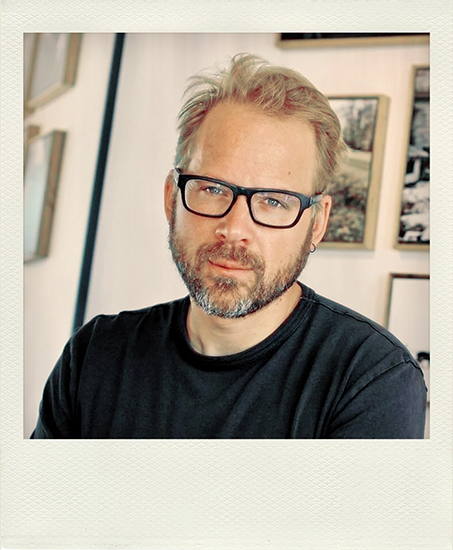
Stéphane Lavoué Born in Mulhouse in 1976 to a military doctor father, he grew up according to the assignments of his father. He graduated from the École supérieure du bois in 1998. He went to live in the Amazon for two years, in charge of purchasing for a large industrial group. During his stay in Brazil, he discovered a report by Sebastião Salgado about gold mining workers at Serra Pelada.
Back in France, he decided to become a photographer after a year of training at the Iris Center for Photography.
He worked for the press, first at Libération as a reporter, then from 2001, he specialized as a famous portraitist for French newspapers (Le Monde, Le Figaro, L’Équipe, …) or foreigners (New York Times, The Times).
In 2015, he embarked on more personal projects with the exhibition “The Northeast Kingdom” and an order from the General Council of Morbihan “Feed the Planet” exhibited at the festival of La Gacilly.
In 2018, he is laureate of the Prix Niépce
Bertrand Meunier
Photographe
Bertrand Meunier The work of Bertrand Meunier is built according to a method similar to a cinematic approach. Long-term field study, then scripting a series of images and construction in sequences. Releasing raw information, he assumes a subjective intention, often dreamlike.
Magali Jauffret
Auteur, Journaliste
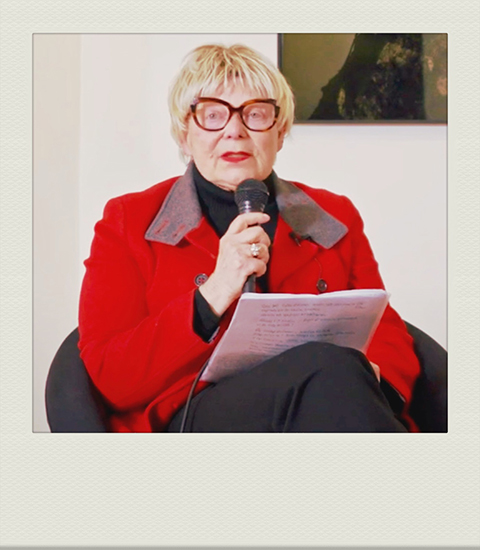
Magali Jauffret is a journalist, critic, and author specializing in contemporary photography.
She was a long-time contributor to the French daily L’Humanité, where she reported on cultural affairs with a particular focus on visual arts, socially engaged practices, and the unique voices of photographers.
Her writing—both precise and thoughtful—has accompanied the work of numerous artists, offering insight into their creative processes, artistic legacies, and thematic concerns.
She has authored texts for several books published by Filigranes Editions, including Tout peut arriver (Gilbert Garcin), Corinne Mercadier, Sur la plage (Sylvie Hugues), and Éloge de combats ordinaires (Catherine Poncin).
Through her work, Magali Jauffret champions a form of criticism that is both committed and open to personal narratives as well as the quiet struggles of everyday life.
Rencontre Yves Trémorin
Yves Trémorin
Magali Jauffret
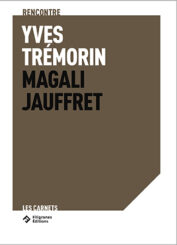
Tribu
Patrick Tourneboeuf, Stéphane Lavoué, Bertrand Meunier
Magali Jauffret
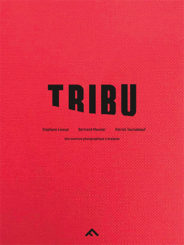
Si près du ciel, Le Tibet
Jacques Borgetto
Matthieu Ricard, Jean-Paul Ribes, Magali Jauffret
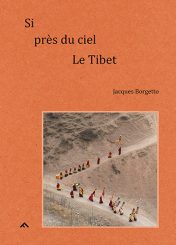
302+38
Marc Montméat
Magali Jauffret
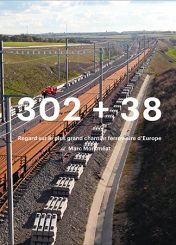
René et Jean
Lolita Bourdet
Magali Jauffret
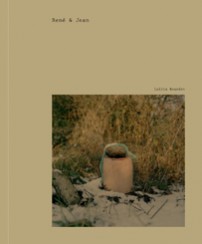
Les yeux grands ouverts
Delphine Warin
Magali Jauffret, Edith Thoueille
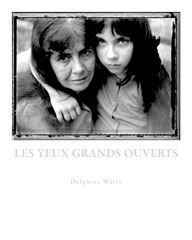
Éloge de combats ordinaires
Catherine Poncin
Magali Jauffret
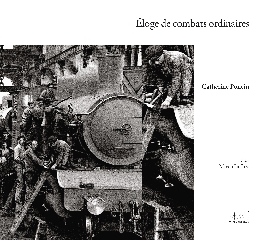
Tout peut arriver
Gilbert Garcin
Magali Jauffret
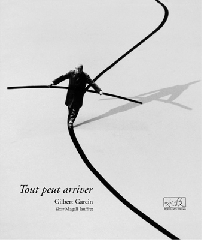
Corinne Mercadier
Corinne Mercadier
Magali Jauffret, Armelle Canitrot
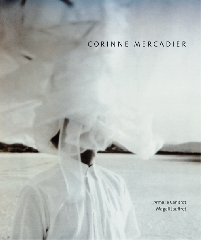
Sur la plage
Sylvie Hugues
Magali Jauffret
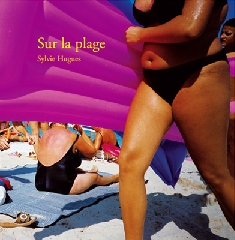
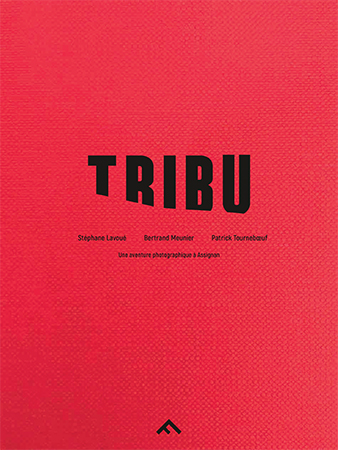
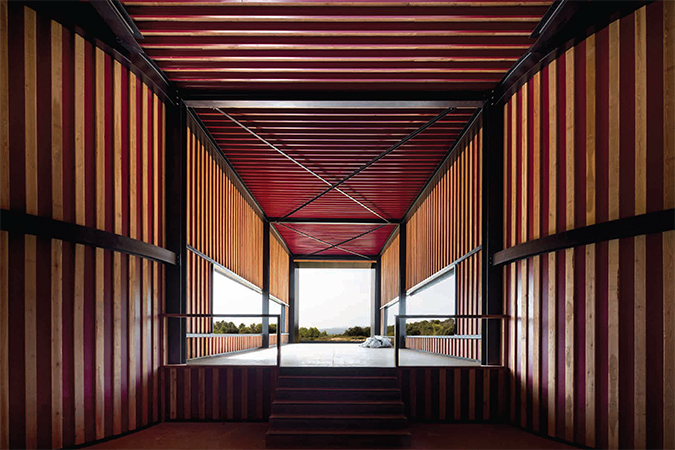
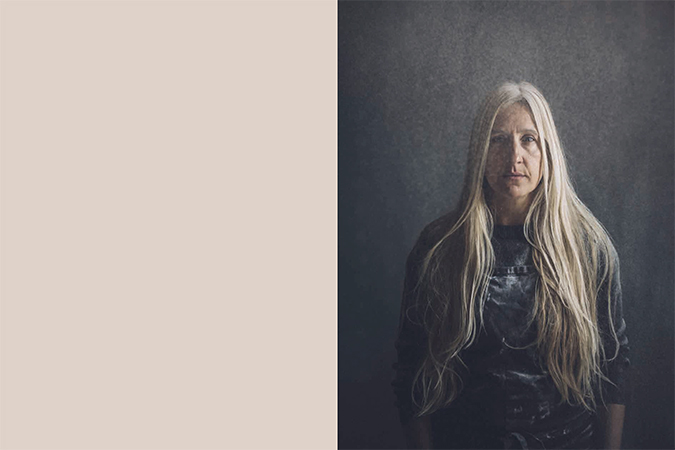
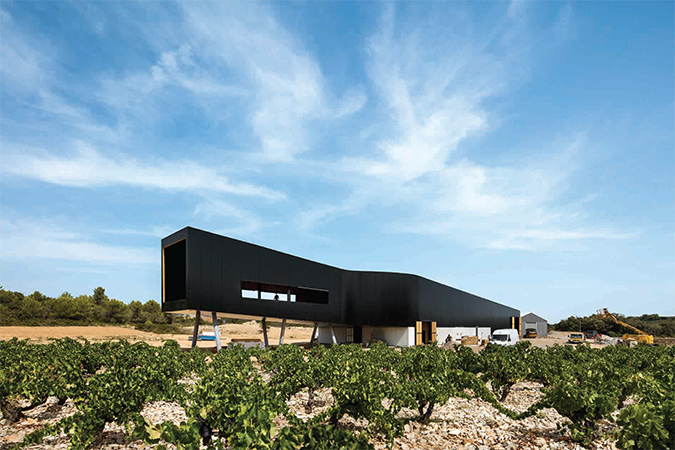
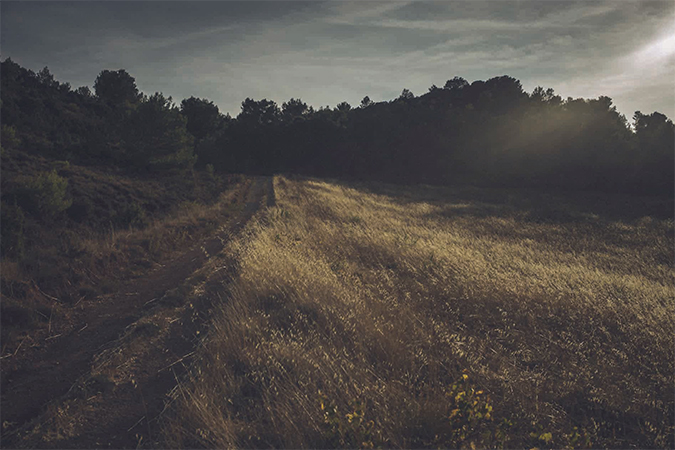
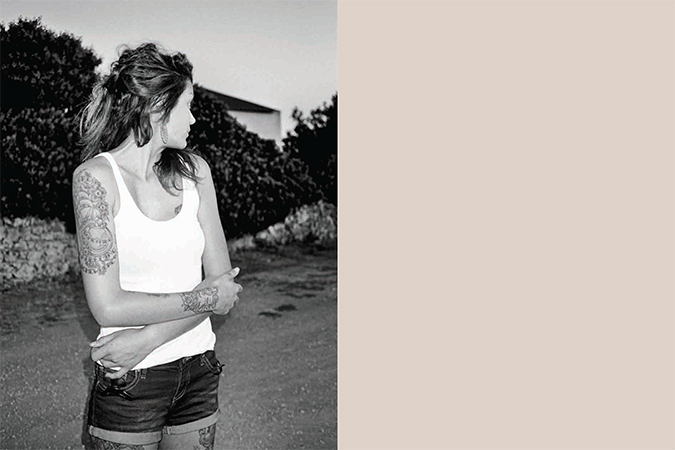
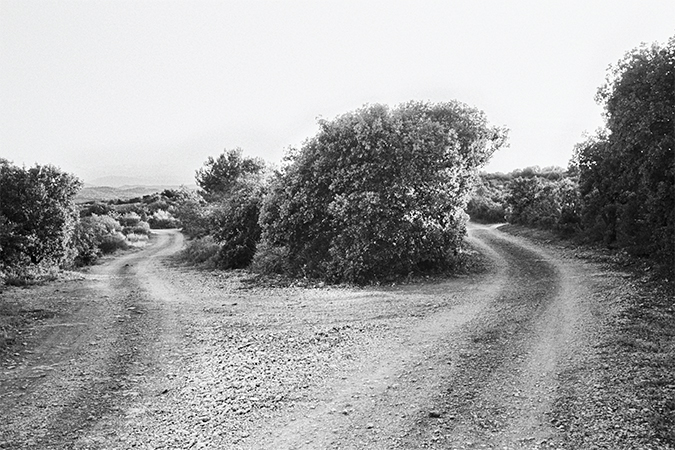
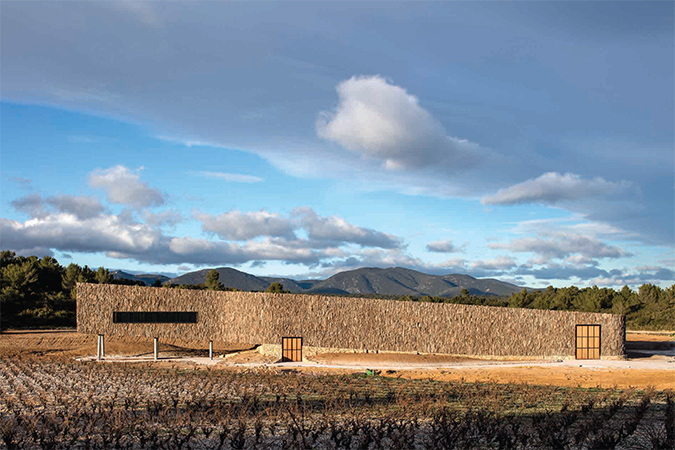
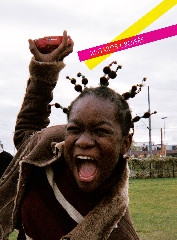

![gant [t] - Stéphane Lavoué gant [t] - Stéphane Lavoué](https://www.filigranes.com/wp-content/uploads/2021/06/gantt_stephane-lavoue-168x245.jpg)